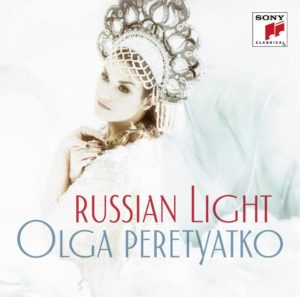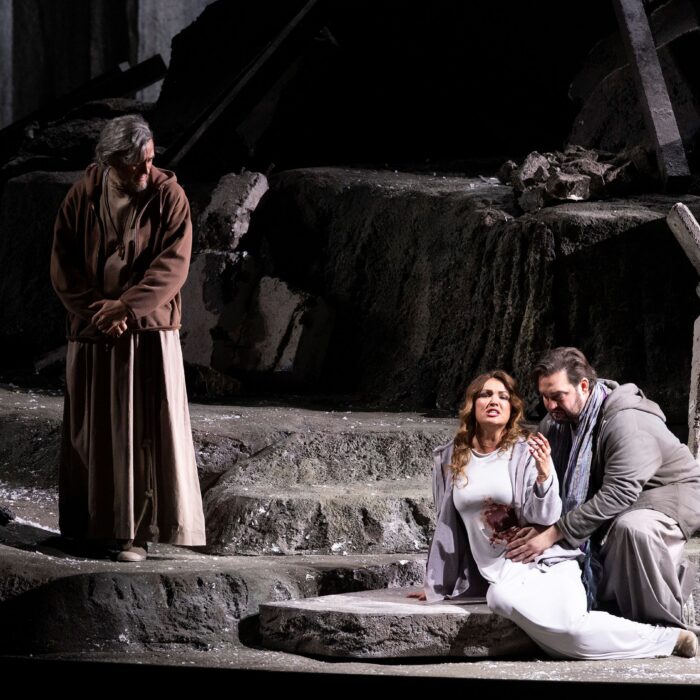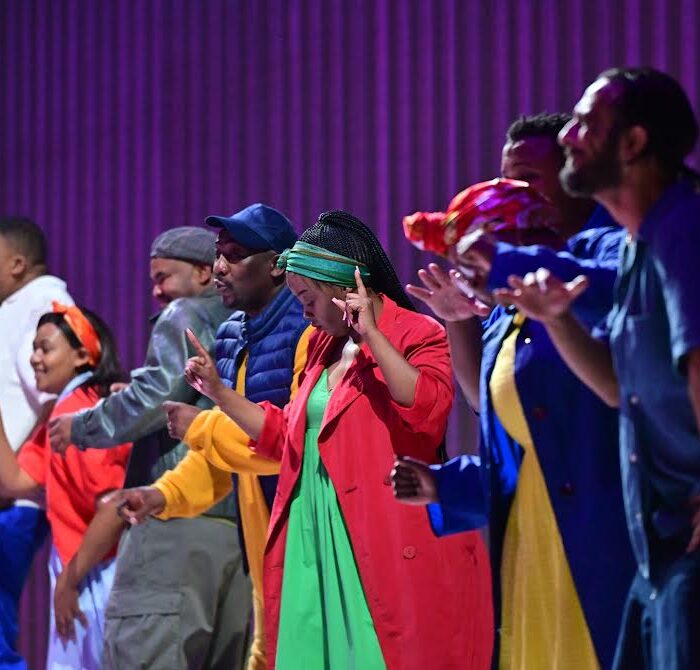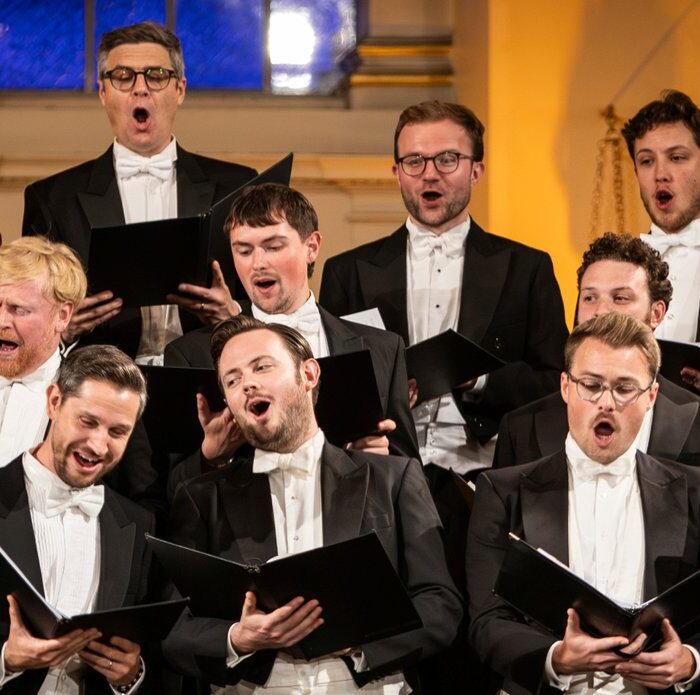
Russian Light Review: Olga Peretyatko Explores The Depths Of Russian Music And Culture In This Immaculate Album
By Francisco SalazarOver the past few years, there has been an emergence of Russian albums recorded by many of today’s greatest divas. Many of the same arias, spanning from Rimsky Korsakov’s gorgeous oriental melodies to Rachmaninov’s lush melodies, havce been recording. It can be very difficult to listen to these pieces over and over unless that interpreter has something new to say.
With her fourth solo album, Olga Peretyatko has put together her most intimate yet most passionate album to date. In “Russian Light,” we see an artist in full maturity who possesses a rich voice in this repertoire.
The Voice
For many years the soprano has been performing the bel canto repertoire and the voice has shown a bird-like quality that often thins out at the top. The high register has sometimes lacked support but this CD shows a new quality. When I first started hearing it, it was surprising to see how much this artist’s voice has changed and how it is becoming an even more beautiful instrument. The middle is rich and it has a darker tone that showcases a lyric soprano in development. The low notes, particularly in “The Nightingale and The Rose,” are also a surprise as they have great resonance.
The Album
What this album does so incredibly well is take us on a journey. Unlike most albums that prefer to mix up the repertoire, Peretyatko and Sony have started out with Glinka, the classical composer and progressed to Rimsky-Korsakov straight to Rachmaninov and then to Stravinsky and Shostakovich. It allows the audience to hear the evolution of Russian music over 100-plus years without ever feeling like we’re being pushed in different directions. It also shows the range of Perteyatko’s voice and the evolution it will likely make from high coloratura to the lyric repertoire.
Glinka
The album opens with Lyudmila’s Cavatina’s from “Ruslan and Lyudmila.” Peretyatko shows a sunny quality to her voice as she floats the notes to the highest parts of her range and dispatches the coloratura runs effortlessly. Dmitry Liss’s conducting keeps the tempo buoyant, displaying the youthfulness and happiness of Lyudmila in the aria. This, in turn, allows Peretyatko’s bright color to emit that jubilant quality as she goes from the pianos and crescendoes to the
Dmitry Liss’s conducting keeps the tempo buoyant, displaying the youthfulness and happiness of Lyudmila in the aria. This, in turn, allows Peretyatko’s bright color to emit that jubilant quality as she goes from the pianos and crescendoes to the fortes.
Rimsky-Korsakov
The first selection of this section is from “The Golden Cockerel.” The Hymn to the Sun is sung with delicacy as Peretyatko begins the phrases in mezzo piano and eventually reaches the coloratura in the cadenza with a great sense of elasticity and expansiveness. Even as music has a driving force, Peretyatko always keeps the delicate tone. Liss gives the music a dance-like quality emphasizing the cello rhythm and flutes and oboes. The music is always given a forward movement and Peretyatko is finally able to bring out all her volume as she reaches a high note in a final cadenza before eventually dying out. Liss gives the music a dance-like feel, emphasizing the cello rhythm and flutes and oboes. The music is always given a sense of drive and Peretyatko is finally able to bring out all her volume as she reaches a high note in a final cadenza before eventually dying out.
“The Snow Maiden” begins with a very mysterious opening before a massive crescendo. Peretyatko sings her first lines with a staccato quality in a playful tone before entering a cadenza that gives the music the oriental flavor. During the lyrical section of the piece, one feels a tinge of melancholy before returning to the youthful and playful melody. Peretyatko easily shifts her timbre to suit the music, moving from a darker shade to an ebullient one.
Volkhova’s Lullaby’s from “Sadko” sees Peretyatko shift from the girl to the more mature young woman. The voice is allowed to showcase the middle section and the lower register. Here she sings with a purity of tone as she concocts polished legato phrasing. The singing through hangs around mezzo-piano, growing subtly until it dies down in a gorgeous decrescendo.
Marfa’s Aria from “The Tsar’s Bride” is an outpouring of emotions from the subtle opening to the cadenza sung with a rapid tone and finally entering a more introspective passage that sees Peretyatko explore the pianos of her voice. There is so much nostalgia in the voice as she gives it a darker quality. Then in the second half of the aria, the violins accompany Peretyatko’s voice as her voice grows in intensity until it reaches an emotional climax. The voice and orchestra in tandem creating a mesmerizing moment that is easily one of the highlights of the album.
The final piece in this section is “The Nightingale and the Rose.” The orchestra begins with the eery clarinet solo setting the rhapsodic stage that the soprano further enhances. I will admit this is one of my favorite pieces in the album as Peretyatko shapes a mysterious atmosphere, her voice entering with little vibrato before eventually growing in its oscillations. In this arrangement, there is a violin solo accompanying the voice so the oriental quality is always maintained. Only at the end does Peretyatko let the volume out as she reaches the high C before spinning the subsequent lines down to a piano. Unlike some, she sings all the way down to the lowest extensions of her voice, creating a truly mystical effect.
Rachmaninov
There are four pieces from Rachmaninov with the “Vocalise” at the center of it. The first piece that kicks off this section is “Eshchyo V Polyakh Beleyet Sneg, Op. 14, No. 11.” Peretyatko starts the piece with a passionate forte voice before eventually entering a middle section with a more introspective color. Here her voice is filled with a subtle piano but as the music gains steam, her voice also regains the vigor from the beginning before climaxing in a lush high note.
The “Vocalise” that can feel repetitive in most interpretations. Peretyatko luckily has gorgeous musical ideas as she spins each note with ease, balancing and changing the dynamics that really get to the heart of the piece. One can understand where the music is really going and that makes it a whole lot easier to listen to.


